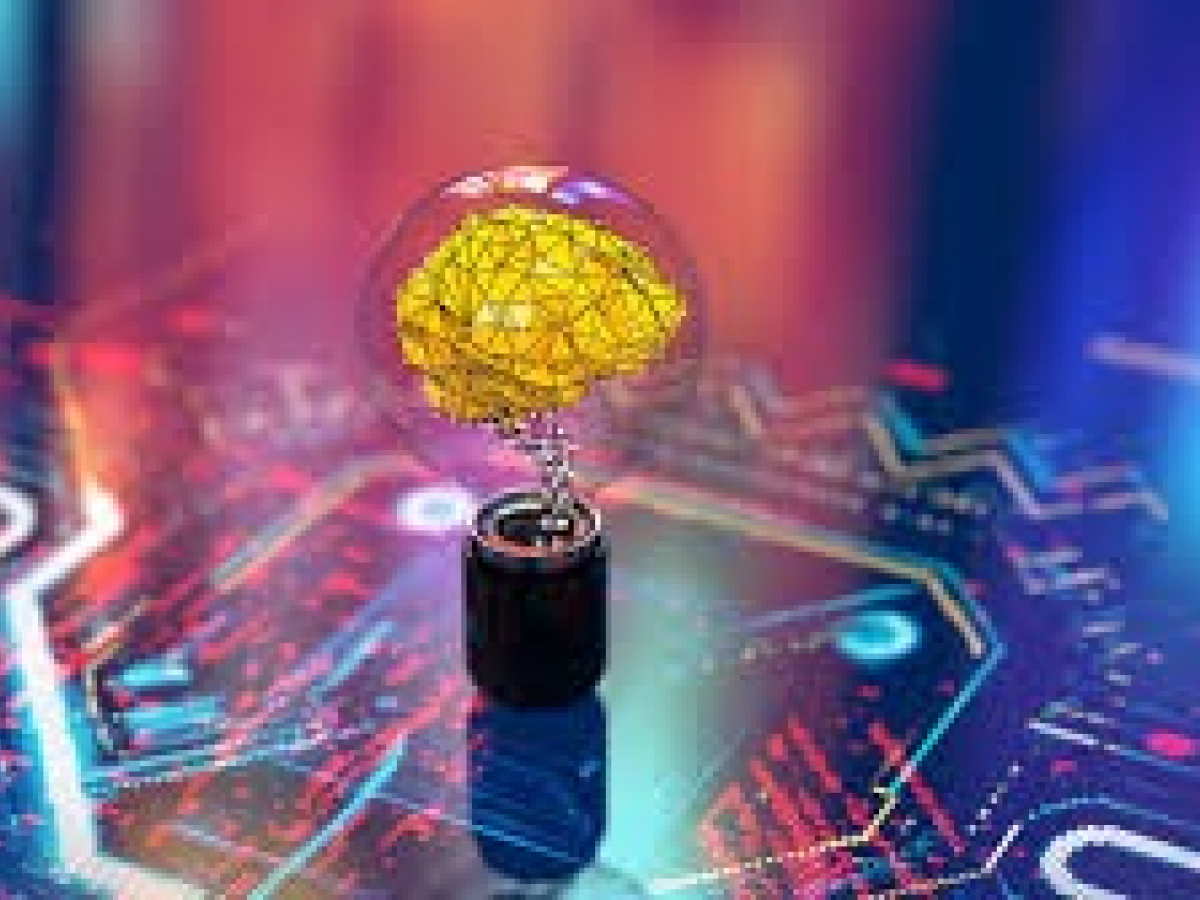Benefits of Artificial Intelligence
AI is a transformative technology with significant implications across various industries and sectors. Its relevance touches upon almost every aspect of our lives.

The potential benefits for everyone are huge, even more so for people with disabilities.
AI systems can help:
- Automate tedious tasks – Processing repetitive transactions
- Reduce effort – Less effort required for digital tasks, giving people more energy for other tasks
- Improve productivity – Writing an email or report from just a few bullet points
- Save time – Taking meeting notes effortlessly and accurately rather than doing it by hand
- Improve quality and accuracy – Reducing spelling mistakes and grammatical errors in reports
- Enhance comprehension – Simplifying complex documents to simple succinct information
- Support attention deficits – Providing prompts and reminders and bite size content
- Improve discoverability – Supporting people to find the right information
- Support decision making – Providing, analysing and summarising all the relevant factors.
Here are a few more applied solutions that will directly help people with access needs.
Image Recognition
For people who are blind and low vision the possibilities for image recognition and computer vision driven solutions are huge. Being able to have a detailed image description of photographs of treasured memories is life changing for many. The level of detail computer vision can go into goes beyond what a sighted person may mention. Computer Vision systems can also help with getting around unfamiliar spaces, finding and identifying objects with independence.
Assistive Technologies
AI-powered assistive technologies, such as screen readers or voice assistants, can empower individuals with disabilities to navigate websites and access information more effectively. These technologies utilise AI capabilities to provide real-time assistance and support, enhancing the independence and inclusivity of web interactions for users with disabilities.
Virtual Assistants
Virtual assistants like Amazon's Alexa, Apple's Siri, and Google Assistant are common examples of AI-powered applications. These virtual assistants use natural language processing and machine learning algorithms to understand and respond to user queries, perform tasks, and provide personalised assistance. They can set reminders, answer questions, control smart home devices, and even help individuals with disabilities access information and services through voice commands.
Recommendation Systems
Recommendation systems, employed by platforms such as Netflix, Amazon, and Spotify, utilise AI algorithms to analyse user preferences, behaviour, and past interactions to suggest personalised content or products. These systems employ techniques such as collaborative filtering and content-based filtering to make accurate recommendations. For individuals with disabilities, these systems can enhance accessibility by suggesting relevant accessible content, products, or services that cater to their specific needs and preferences.
Autonomous Vehicles
Autonomous vehicles, such as Tesla's self-driving cars, are AI-powered systems that utilise sensors, cameras, and machine learning algorithms to navigate and make decisions on the road. These vehicles can interpret and respond to traffic conditions, detect obstacles, and adapt to changing environments in real-time. For individuals with disabilities, autonomous vehicles have the potential to increase mobility and independence, allowing them to travel safely and conveniently without relying on traditional transportation methods.
Chatbots and Customer Service
AI-powered chatbots are becoming increasingly popular in customer service applications. These virtual agents can interact with users through text or voice-based conversations, answering frequently asked questions, providing support, and even resolving common issues. Chatbots can assist people with disabilities by offering accessible customer service experiences, providing instant help and reducing the need for human intervention.
These examples highlight the diverse applications of AI, demonstrating its potential to revolutionise various industries and improve user experiences across different domains. As AI continues to evolve, we can expect further advancements and innovative applications that benefit individuals with disabilities and society as a whole.
If you’d like to know more about making your AI systems inclusive, reach out. We are always happy to help. And check our next blog post, Risks of AI.
